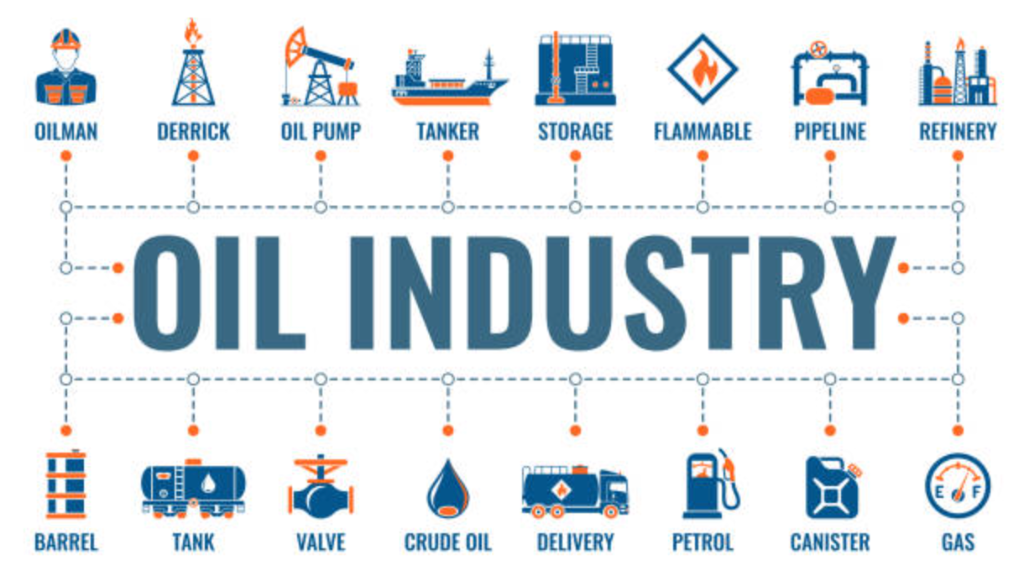
Alina Haynes
Oct 20, 2022 15:18

A three-day winning streak for shiba inu (SHIB) ended in Tuesday's negative session. DOGE, SHIB, and the broader crypto market were disadvantaged by US economic indices and company earnings. Technical indications remain negative, and Fed Fear continues to prevent a breakout from the present price ranges.
On Tuesday, dogecoin (DOGE) fell by 0.36 percent. DOGE finished the day at $0.05977, partially reversing Monday's 1.80% increase.
DOGE fell from an early morning high of $0.06030 to a midafternoon low of $0.05853 following a mixed start to the day. Finding support at the First Major Support Level (S1) around $0.0590, DOGE rebounded to a high of $0.06115 during the afternoon. At $0.0606, DOGE surpassed the First Major Resistance Level (R1) before falling back into negative territory.
You should only trade with capital that you can afford to lose while trading derivatives. The trading of derivatives may not be suitable for all investors; thus, you should ensure that you fully comprehend the risks involved and, if necessary, seek independent counsel. Before entering into a transaction with us, a Product Disclosure Statement (PDS) can be received through this website or upon request from our offices and should be reviewed. Raw Spread accounts offer spreads as low as 0 pips and a commission rate of $3.50 per 100,000 USD traded. Spreads on standard accounts begin at 1 pip with no additional commission fees. CFD index spreads begin at 0.4 points. This information is not intended for inhabitants of any country or jurisdiction where distribution or use would violate local law or regulation.
On Tuesday, Shiba inu coin (SHIB) fell 2.21 percent. Reversing Monday's gain of 1.07%, SHIB closed the day at $0.0000001017.
A positive beginning to the trading day caused SHIB to surge to a morning high of $0.00001051. SHIB fell to a late-afternoon low of $0.00000998 upon encountering the First Major Resistance Level (R1) at $0.00001051. At $0.00001025 and $0.00001010, SHIB broke through the First and Second Major Support Levels, respectively.
Nonetheless, due to late support, SHIB retook S2 and closed the day at $0.00001017.
On Tuesday, a lack of network news put DOGE and SHIB in the hands of investor sentiment. US economic indicators continued to reinforce the Fed's hawkish stance, causing Fed apprehension to overshadow US business profit outcomes.
The buyout of Twitter (TWTR) by Elon Musk continues to be the near-term focus point for DOGE investors. The acquisition could result in the addition of DOGE and potentially SHIB as acceptable payment methods.
Bearish mood carried over into today's session, as the NASDAQ Mini retreated from early highs in an attempt to gauge investor demand for risky assets.
At the time of writing, DOGE was trading at $0.05922, down 0.9%. DOGE reached an intraday high of $0.06019 before sliding to a daily low of $0.05899.
DOGE must surpass the $0.0598 pivot point in order to reach the First Major Resistance Level (R1) at $0.0611 and the Tuesday high at $0.06115. Nonetheless, crypto-friendly news and Fed discussion should support a breakout from the morning high of $0.06019.
DOGE should test the Second Major Resistance Level (R2) at $0.0624 and resistance at $0.0630 in the event of a protracted crypto market rise. The Third Major Resistance Level (R3) is now located at $0.0651.
The First Major Support Level (S1) at $0.0585 would remain in play if the pivot point is not passed. DOGE should avoid falling below $0.0575 and the Second Major Support Level (S2) around $0.0572, barring a further sell-off in the cryptocurrency market. Third Significant Support Level (S3) at $0.0546
At the time of writing, SHIB was trading at $0.00001005, down 1.18%. Beginning the day on a bearish note, SHIB dropped from an early high of $0.00001018 to a low of $0.00001002.
SHIB must surpass the $0.00001022 pivot point in order to reach the First Major Resistance Level (R1) at $0.00001046 and the Tuesday high at $0.00001054. To surpass the morning's high of $0.00001018, SHIB would require broader market support.
SHIB would test the Second Major Resistance Level (R2) at $0.0000107 in the event of a broad-based cryptocurrency market rise. The Third Major Resistance Level (R3) is currently located at $0.000001128.
In the event of a failure to pass through the pivot, the First Major Support Level (S1) at $0.00000993 would remain in play. SHIB should avoid sub-$0.0000098 and the Second Major Support Level (S2) at $0.000000968, barring a lengthy decline.


Oct 21, 2022 14:58